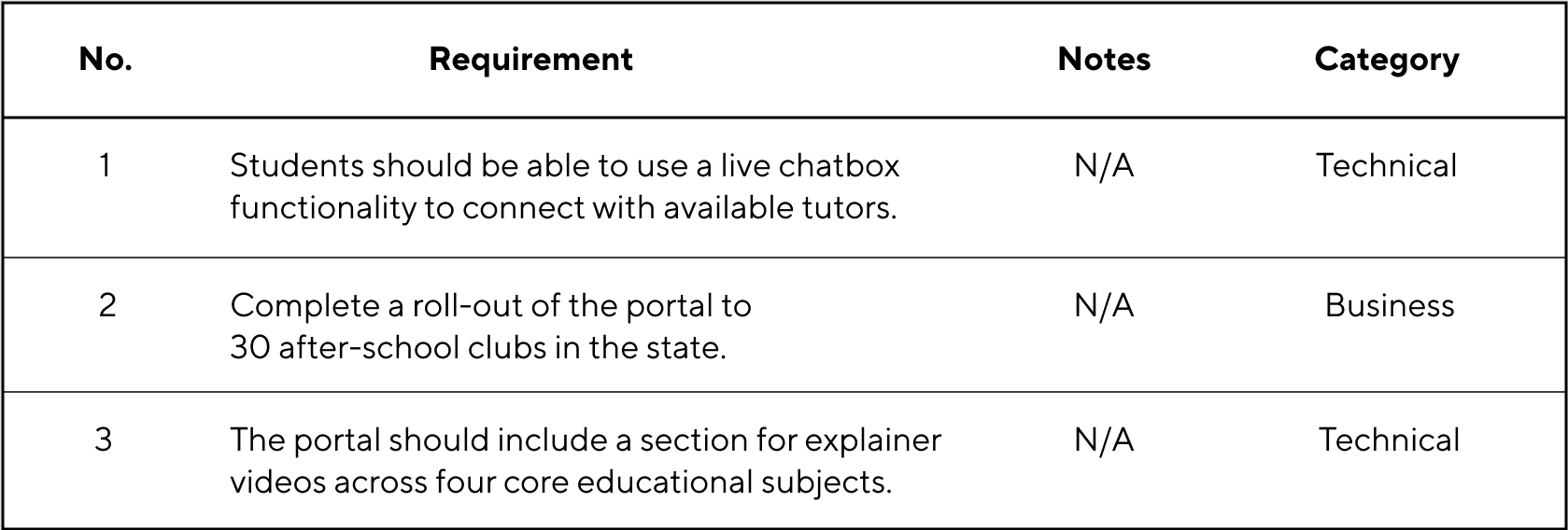What Are High-Level Requirements in Project Management?
What Are High-Level Requirements in Project Management?
Project management requires a great deal of planning and documentation upfront. Usually found in the project charter, high-level requirements in project management reflect the need for a broad, bird’s eye view of the work and features that must be completed over the course of the project.
What is a requirement in project management?
In project management, requirements give a broad rundown of the tasks and conditions that need to be met in order for the project to be successful.
There are different types of requirements to consider — including technical and business requirements. Business requirements should articulate what the organization expects to do as a result of the project. Meanwhile, technical requirements may indicate specific features or customer functionalities.
What are high-level requirements in project management?
Unlike a detailed project plan, high-level requirements emphasize the “what” of the project rather than the “how.” This means that a high-level requirements list will not give granular details about each phase of the project and each team member’s duties. Instead, it is documentation that should be easily accessible and simple for stakeholders to understand.
It’s important to note that high-level requirements and objectives are not the same. While objectives map the road to project success through milestones and achievements, requirements outline broad features and conditions for project success.
Why are high-level requirements important?
High-level requirements are key to stakeholder management and engagement. Keeping your requirements simple and easy-to-digest allows stakeholders and project teams to absorb the crucial information about the project’s expected outcomes.
According to the Project Management Institute, 47% of unsuccessful projects fail to meet goals due to poor requirements management.
High-level requirements template and examples
In the below high-level requirements example, a tutoring company has decided to create a portal to help students manage their assignments. The high-level requirements below reflect the conditions that should be satisfied.

Note that these high-level requirements are not overly detailed or too complex. They don’t dive into the minutia of day-to-day tasks or even indicate which teams will be responsible for executing these requirements. Instead, they give an overview of the work and features to be completed.

Artem Gurnov
Artem is a Director of Account Development at Wrike. He previously held the role of Project Manager, overseeing a team of customer success managers (CSMs). Over the years of building teams and scaling business processes, he has successfully deployed multiple projects, from automating client outreach to setting up work prioritization tools for sales reps and CSMs.


